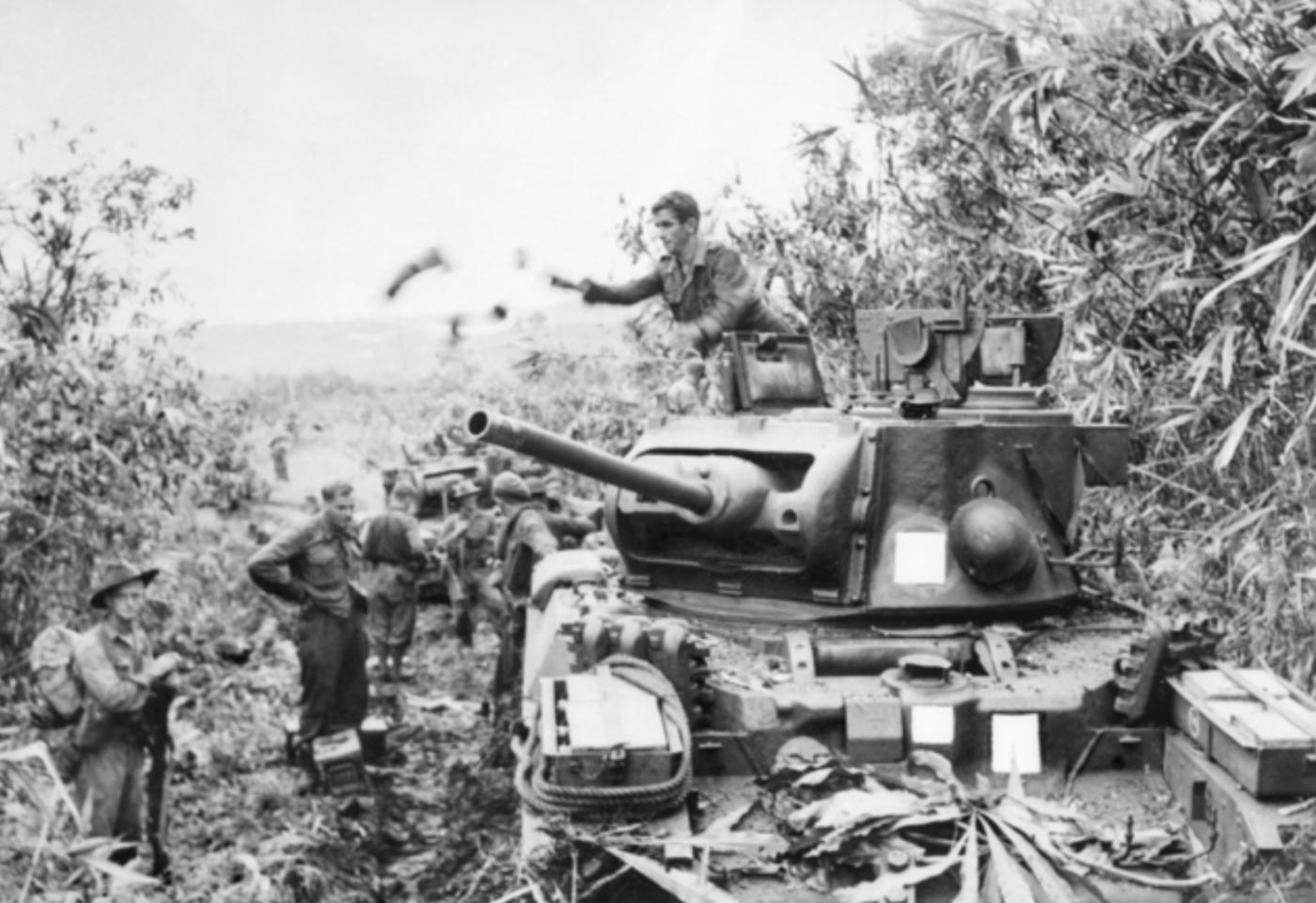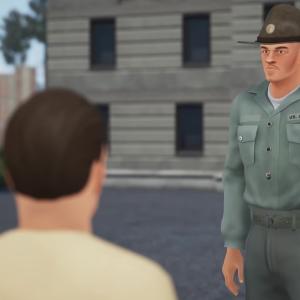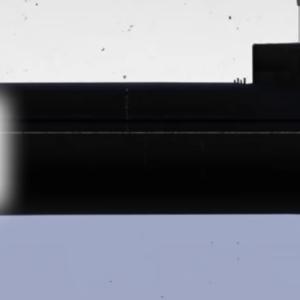
On this day in military history…
The battle of Sattelberg on 17 November 1943 was one of the most important actions of the Huon Peninsula campaign in New Guinea during the Second World War. It took place after the Australian landings at Finschhafen, and it was focused on one very dominant piece of terrain: the steep jungle mountain ridge at Sattelberg, lying inland and above the northern coast. Controlling Sattelberg meant controlling the high ground and the road network towards Wareo and eventually towards Madang. The Japanese had turned Sattelberg into a fortress. The Australians knew they could not push north unless they took the mountain first.
The assault was carried out by the Australian 9th Division, under Lieutenant General Leslie Morshead. The main attacking formation in the Sattelberg operation was the 26th Brigade commanded by Brigadier David Whitehead. Its three battalions rotated through the fighting: the 2/48th Battalion, the 2/23rd Battalion and the 2/24th Battalion. In support were the division’s artillery regiments, 1st Tank Battalion with Matilda tanks, and other attached elements like engineers who had to cut tracks for the armour through mud, dense rainforest and extremely steep slopes.
Opposing them were elements of Lieutenant General Hatazō Adachi’s Japanese 18th Army, particularly the 20th Division under Lieutenant General Shigeru Katagiri and naval troops of the 80th Naval Garrison Unit entrenched on the heights. Japanese numbers on and around Sattelberg fluctuated, but estimates range from 800 to about 1500 defenders in the mountain zone itself at the peak of the battle. The Australians committed the bulk of a brigade group over the course of the assault, amounting to several thousand men, though only a few hundred could be engaged at the sharp end at any one time because the terrain prevented deployment in mass. It was a battle of small infantry companies clawing up steep spurs, each yard a labour.
Firepower on the Australian side included 25 pounder field guns from the divisional artillery and mortars brought forward by infantry, plus extremely valuable close support from Matilda tanks which used their 2 pounder guns and particularly their coaxial machine guns in a jungle repression role. Bren guns, Vickers guns, Thompson sub-machine guns, Lee–Enfield rifles and PIATs were all used. The Japanese relied on heavy and light machine guns, 70 mm battalion guns, knee mortars, and well sited bunkers made of heavy timber. Much of the killing was done by grenades, sub-machine guns and close range automatic fire. Firing lines were typically ranges of just a few metres in the jungle gloom.
By the final assault around 17 November 1943, the Australians had fought their way along the Sattelberg road and track system, pushing the Japanese back step by step. Casualty numbers vary by source. During the whole Sattelberg advance and final capture period the Australians suffered several hundred casualties, with around one hundred killed in the entire Sattelberg phase. Japanese losses are harder to count because many were not recovered, but estimates generally place their dead in the high hundreds, possibly over a thousand across the defensive belt when you include losses in the withdrawal phase.
The battle mattered because Sattelberg blocked the advance up the Huon Peninsula. Until the high ground was taken, the Japanese could observe, direct fire, and stage counter attacks against the Australian coastal lodgement around Finschhafen. Once Sattelberg fell, the Japanese position on the Huon collapsed in stages. It opened the road to Wareo, it enabled the Australians to push northwards, and it contributed directly to the Allied strategy of advancing along the New Guinea north coast, isolating Japanese bases like Rabaul and eventually rolling the Japanese back toward the Philippines. It was a key step in stripping Japan of its outer defensive perimeter in the south west Pacific.
So the battle was not a huge clash of numbers compared to Europe or the Central Pacific, but it was fought on terrain that magnified every yard of earth and every bunker. It showed the Australian Army had mastered this kind of mountain jungle campaign, combining infantry, armour, artillery and air supply in an environment that was almost designed to defeat attacking forces. The capture of Sattelberg on 17 November 1943 was a decisive tactical success and it helped turn the operational tide of the New Guinea campaign firmly in the Allies’ favour.










